The Pacific war
Students collectively view and analyse images of connections between Australia and Papua New Guinea. They draw conclusions as to the connections that are represented.
This is the student activity 1 of 5 of the Australia's global connections - Papua New Guinea learning activity.
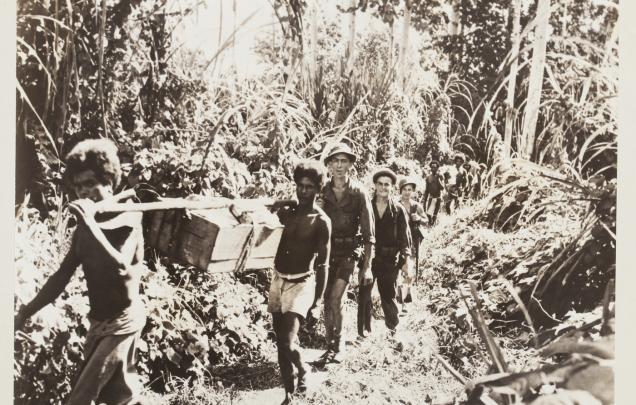
The Pacific war
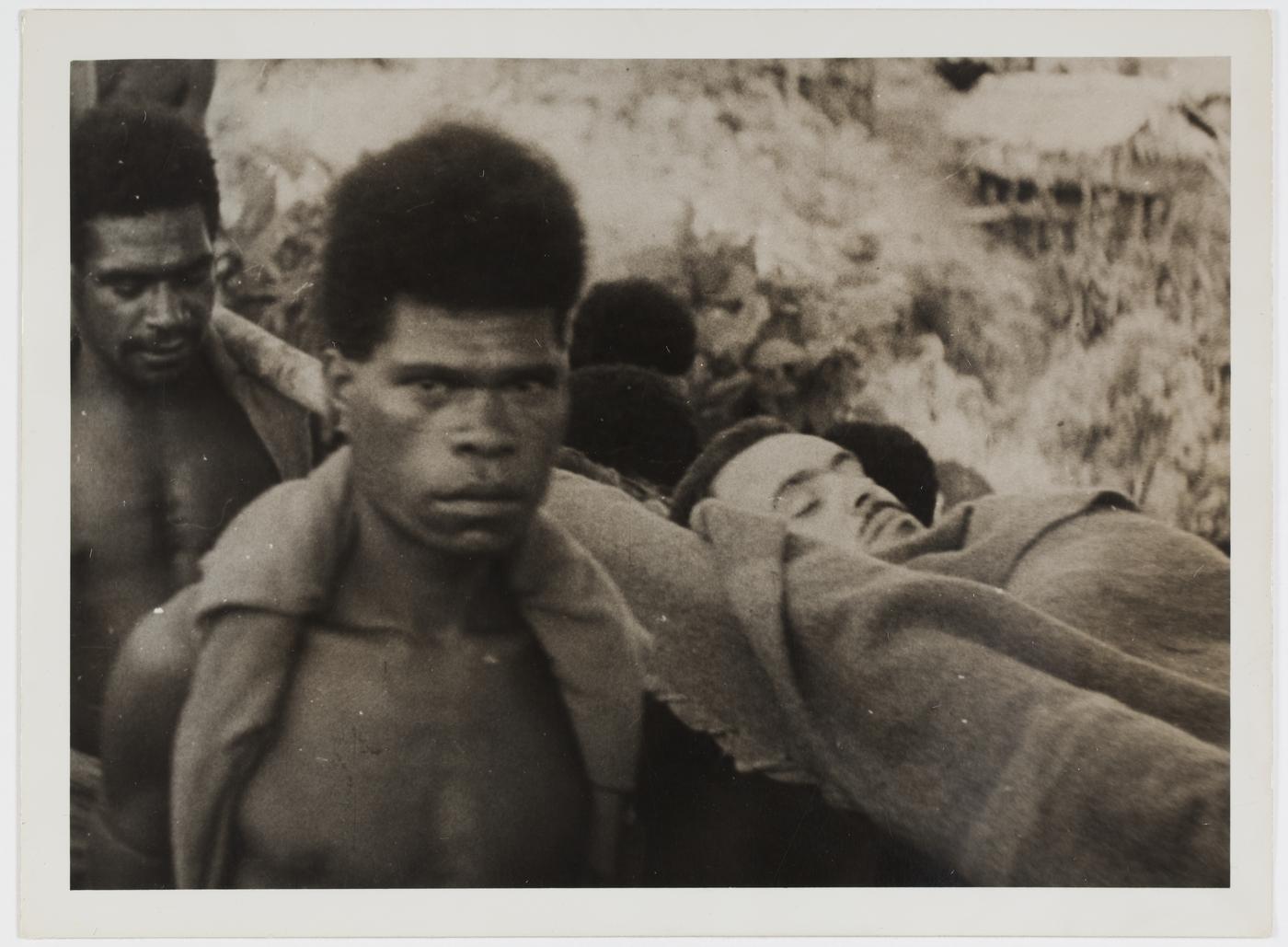
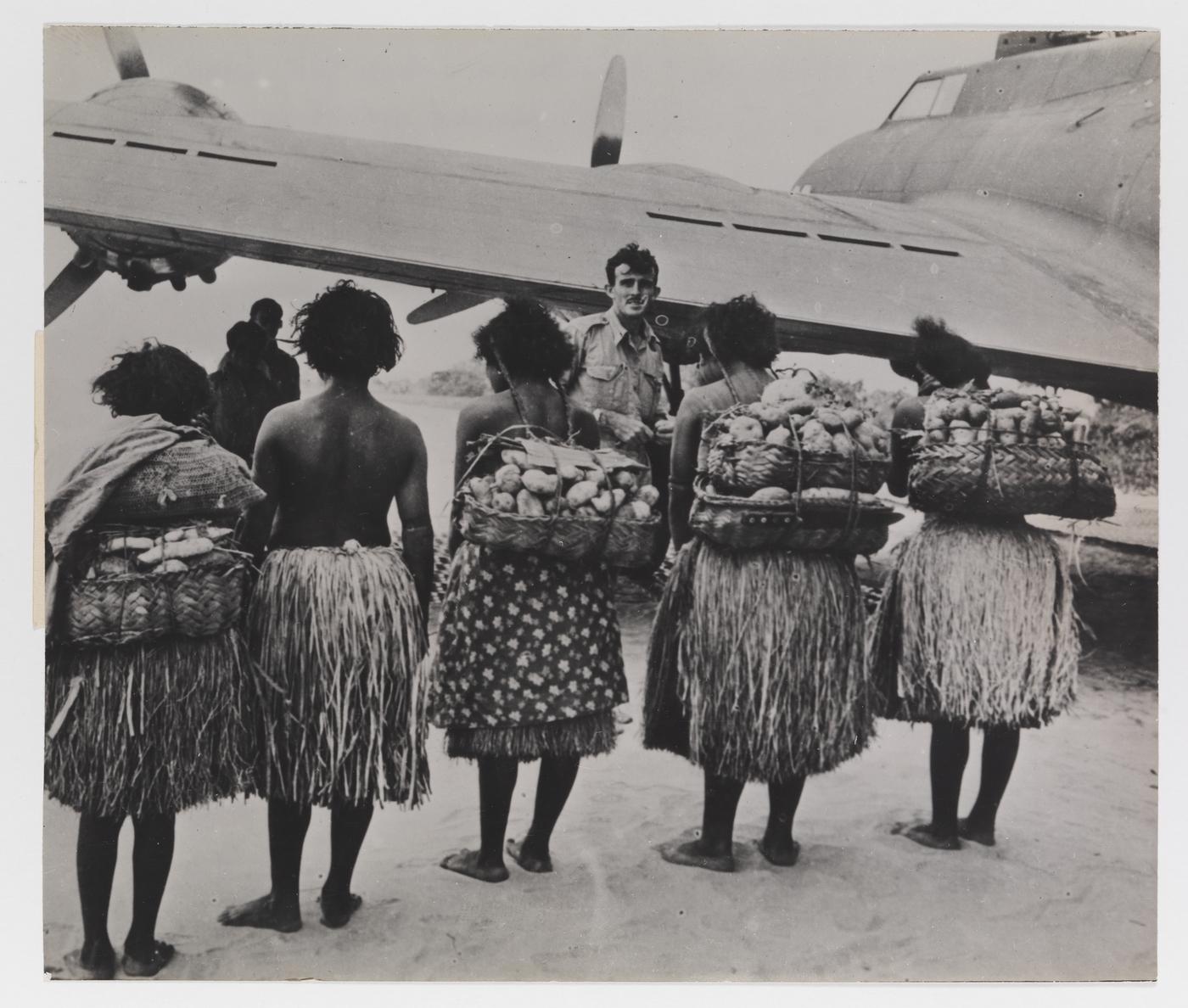
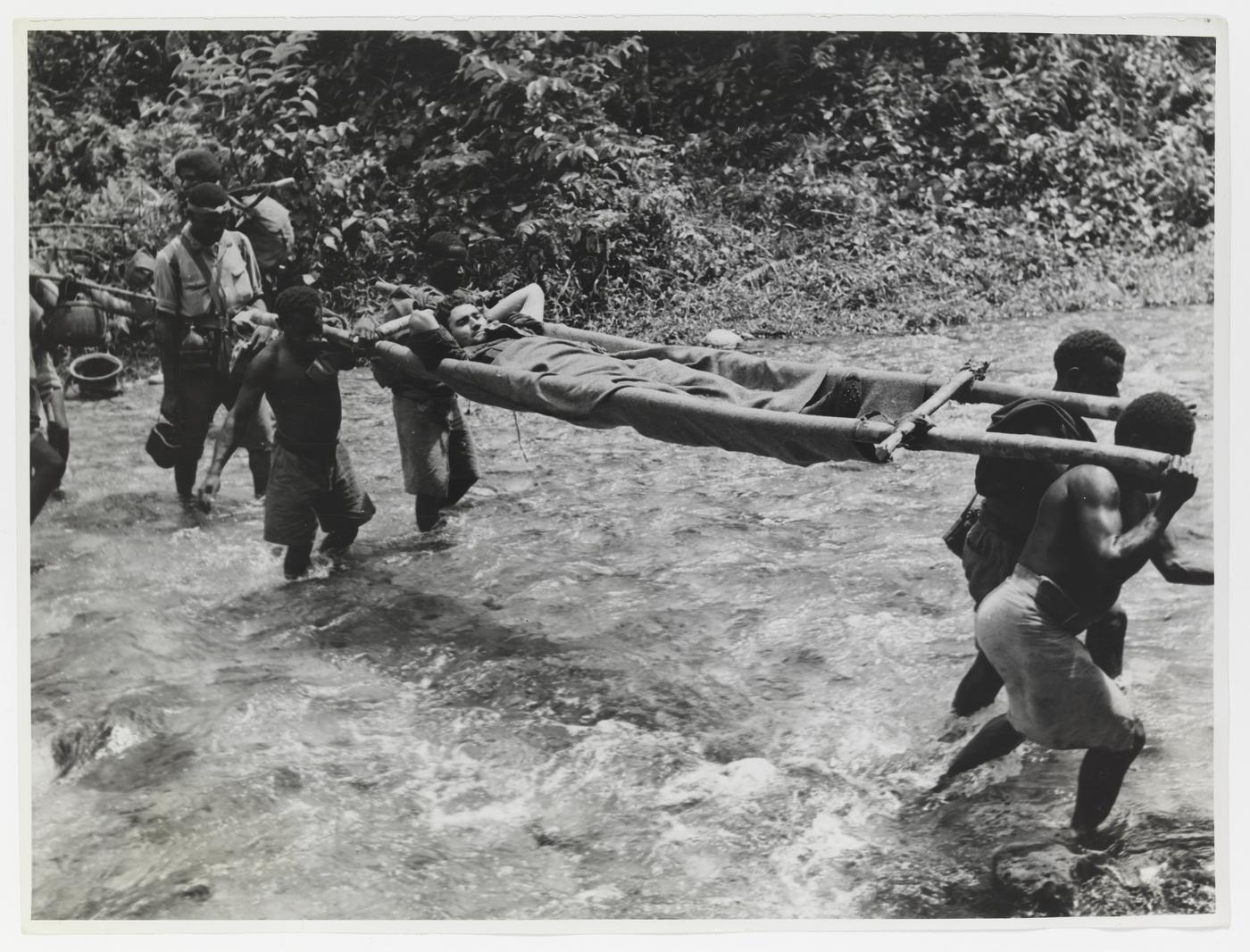
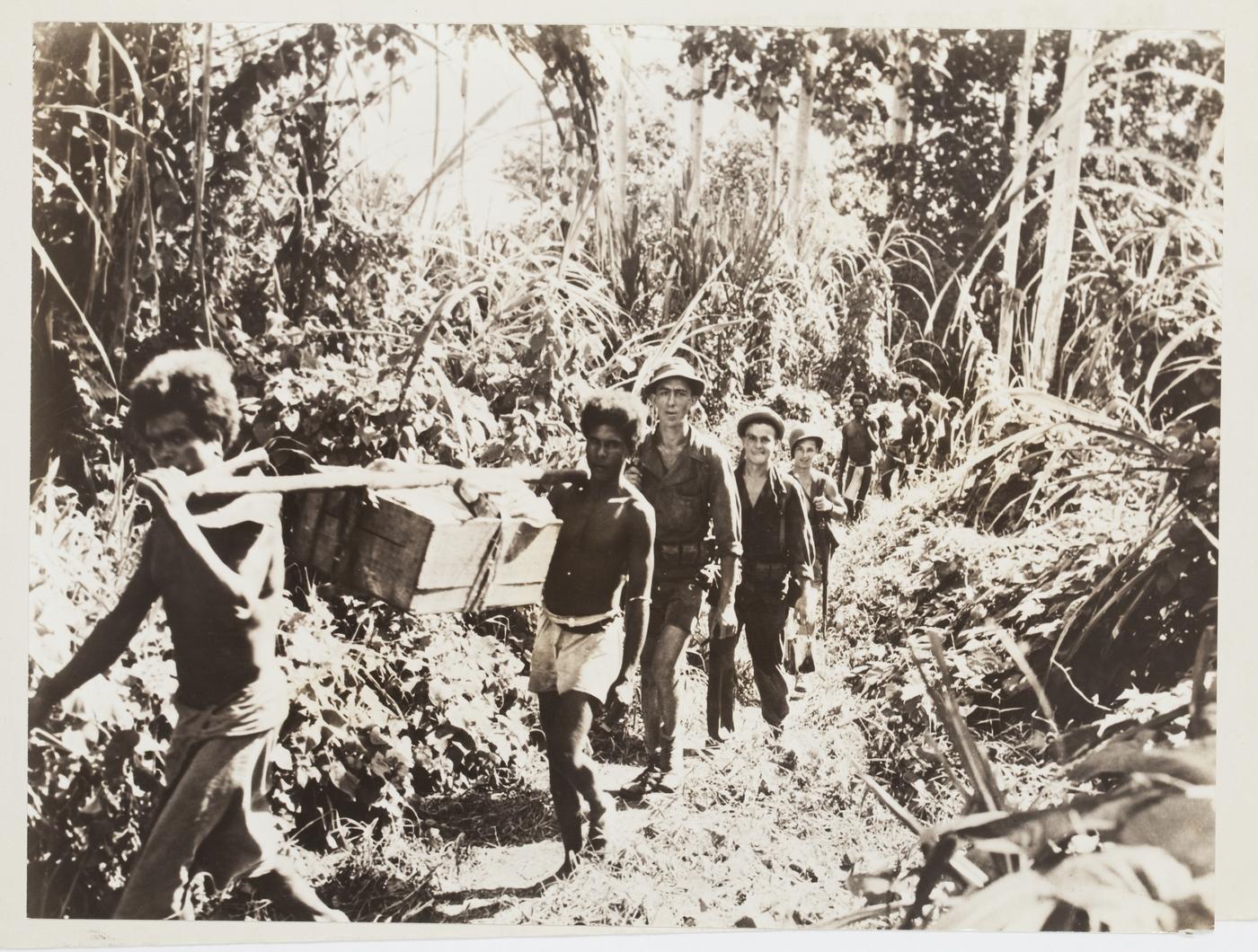
View Sources 2 – 5.
During the Second World War, fighting extended to the Pacific region where the Allied forces, predominately made up of the United States, Britain and Australia, fought against Japanese aggression that began with the bombing of Pearl Harbour in 1941.
During January and February 1942 Japanese troops invaded and won victories in many countries in Asia and the South Pacific, including the then Territory of Papua and the Territory of New Guinea. Advances were made into Australia with Darwin being bombed in March 1942.
Australians were at war with Japan on the battlefields of Papua and New Guinea. The Papuan people supported the Australian forces in combat and as carriers of supplies and injured soldiers. The extraordinary lengths the Papuans took in carrying the wounded and sick through thick jungle and battles earned them the name of ‘fuzzy wuzzy angels’.
Source analysis:
Observe
- When were these photos taken?
- What and who is shown in the photos?
Infer
- How did the Papuan people help Australian soldiers in the war?
- Considering the location of Papua New Guinea to Australia, why was the alliance between Australia and Papua New Guinea so important.
About the sources
Source 2: Still from Damien Parer film Assault on Salamanca, 1943. Australian Department of Information. Parer's film shows the human experience of war. Parer was killed in battle in 1943
Source 3 Military operations in New Britain, ca. 1943-1945. Food supplies being offered to Australian and allied troops.
Source 4: The Kokoda Track, ca. 1943-1945. The ‘fuzzy wuzzy angels’ carrying wounded Australian and allied soldiers. They never left the side of the wounded.
Source 5: Military operations in Buna and Oro Bay, ca. 1943-1945. Troops faced mountainous terrain, thick jungles and tropical diseases making the war effort extremely difficult.